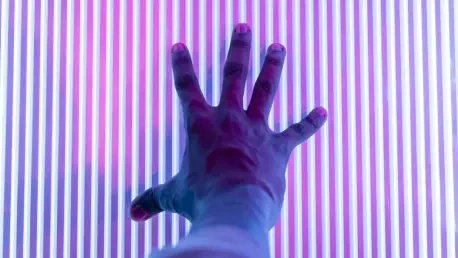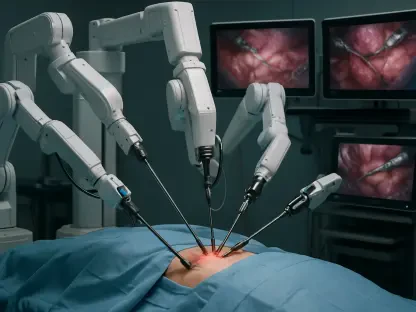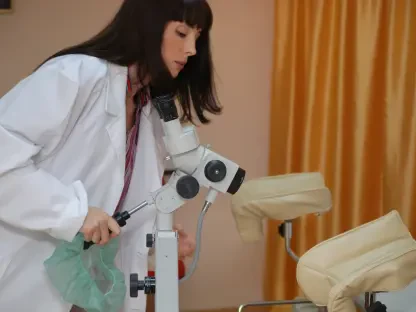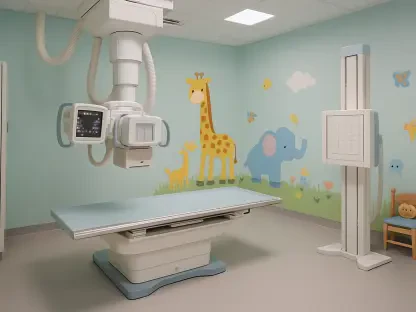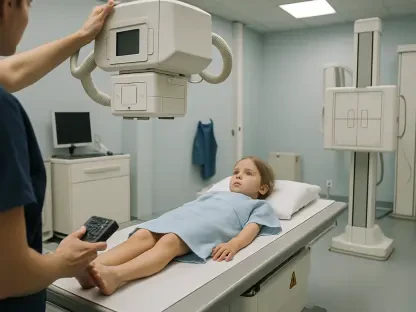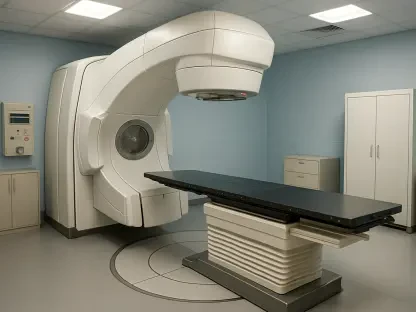In an era where healthcare efficiency is paramount, NYU Langone Health’s adoption of Amazon One’s palm-scanning technology offers a promising solution. This technology, which involves patients using their palms to check in for appointments, aims to streamline front-desk operations and improve patient experience. By precisely understanding this cutting-edge technology and its impacts, healthcare institutions can better prepare for future advancements.
Background and Context
Biometric identification has undergone considerable evolution in healthcare. Initially, the use of fingerprints and facial recognition aimed to improve identification accuracy and streamline processes. NYU Langone Health, a prominent academic medical center, has recognized the potential of Amazon One’s palm-scanning technology. This interest highlights the critical need for modern healthcare settings to adopt technologies that enhance operational efficiency and patient satisfaction comprehensively.
The focus on advanced biometric technologies underscores the industry’s commitment to leveraging innovation. In adopting Amazon One, NYU Langone Health aims to address common inefficiencies in patient check-ins and reduce the time spent by patients at the front desk. The implementation of such technology signifies a step toward modernizing patient management systems and improving overall healthcare delivery.
Research Methodology, Findings, and Implications
Methodology
The implementation of Amazon One involved specific techniques and tools to ensure successful integration. Patients enrolled by providing their profile information through NYU Langone Health’s mobile app or kiosk. The palm-scanning system then retrieved the corresponding electronic health records, making the check-in process more precise and efficient. Measures, including rigorous testing with silicone and 3D-printed palms, ensured the accuracy and security of the data collected.
To safeguard sensitive information, Amazon One does not store palm images but converts them into unique numerical vectors known as “palm signatures.” This system ensures that patient identity remains protected, with immediate encryption and secure cloud storage.
Findings
The integration of Amazon One at NYU Langone Health yielded significant positive outcomes. Check-in times were drastically reduced, with the process taking less than a minute compared to the previous two to three minutes. This improvement is crucial in a high-volume patient environment. The reduction in administrative errors and enhanced patient identification accuracy were also notable, with anecdotal feedback from both patients and staff emphasizing the benefits.
Additionally, instances of duplicate medical records significantly decreased, demonstrating the reliability of this technology in eliminating common administrative challenges. The non-invasive nature of palm scanning broadened its applicability across diverse patient populations, including children, individuals with disabilities, and emergency cases.
Implications
Amazon One’s implementation at NYU Langone Health showcases the practical efficiency gains and administrative benefits in healthcare settings. Theoretical implications suggest that such biometric technologies could revolutionize patient management by ensuring accurate and rapid identification. Societally, enhanced patient experiences and streamlined access to care represent significant advancements.
This technology, by easing the burden on front-desk staff and reducing wait times, contributes to a more patient-centered approach. As healthcare institutions continue to explore and adopt innovative solutions, the positive feedback and measurable improvements at NYU Langone Health reinforce the institutional benefits of biometric advancements.
Reflection and Future Directions
Reflection
The process of implementing Amazon One at NYU Langone Health involved understanding and overcoming several challenges. Ensuring staff proficiency with the new system and addressing initial patient concerns required careful planning and communication. While the overall results were positive, areas for improvement were identified, such as further streamlining the enrollment process and enhancing patient awareness and education about the technology.
Future Directions
The success of Amazon One opens up numerous possibilities for further exploration. Expanding the use of palm-scanning technology beyond NYU Langone Health to other healthcare facilities could demonstrate broader applications. Additionally, integrating this technology with other biometric systems, such as iris scans or facial recognition, could provide even more robust patient identification solutions.
Future research might focus on understanding the demographic preferences and patient satisfaction trends with palm scanning. Ensuring the technology is accessible to all, irrespective of technical proficiency, will be crucial. Moreover, continuous assessment of security measures and patient participation rates will help maintain trust and effectiveness.
Conclusion
The adoption of Amazon One’s palm-scanning technology at NYU Langone Health has proven to be a significant step forward in healthcare efficiency. The measurable improvements in check-in times and reduction in administrative errors underline the practical benefits of this innovation. As healthcare systems continue to integrate advanced technologies, understanding and addressing the nuances of patient experiences and security considerations will be vital. Pioneering biometric technologies like Amazon One can redefine patient management and care delivery, heralding a future where healthcare processes are more efficient and patient-centered.
